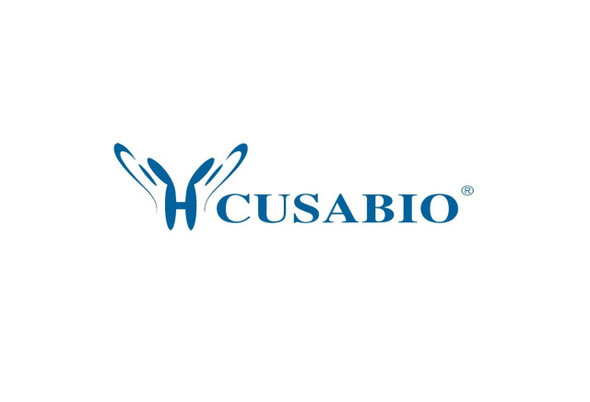Cusabio Virus & Bacteria Recombinants
Recombinant Loxosceles intermedia Phospholipase D LiSicTox-alphaIA1a | CSB-EP317615LRA
- SKU:
- CSB-EP317615LRA
- Availability:
- 3 - 7 Working Days
Description
Recombinant Loxosceles intermedia Phospholipase D LiSicTox-alphaIA1a | CSB-EP317615LRA | Cusabio
Alternative Name(s): Dermonecrotic toxin 1 (LiRecDT1) (Sphingomyelin phosphodiesterase D 1) (SMD 1) (SMase D 1) (Sphingomyelinase D 1) (PLD)
Gene Names: N/A
Research Areas: Others
Organism: Loxosceles intermedia (Brown spider)
AA Sequence: AGNRRPIWIMGHMVNAIGQIDEFVNLGANSIETDVSFDDNANPEYTYHGIPCDCGRNCKKYENFNDFLKGLRSATTPGNSKYQEKLVLVVFDLKTGSLYDNQANDAGKKLAKNLLQHYWNNGNNGGRAYIVLSIPDLNHYPLIKGFKDQLTKDGHPELMDKVGHDFSGNDDIGDVGKAYKKAGITGHIWQSDGITNCLPRGLSRVNAAVANRDSANGFINKVYYWTVDKRSTTRDALDAGVDGIMTNYPDVITDVLNEAAYKKKFRVATYDENPWVTFKK
Source: E.coli
Tag Info: N-terminal 10xHis-tagged and C-terminal Myc-tagged
Expression Region: 27-306aa
Sequence Info: Full Length of Mature Protein
MW: 38.7 kDa
Purity: Greater than 85% as determined by SDS-PAGE.
Relevance: Catalyzes the hydrolysis of sphingomyelin, lysophosphatidylcholine, and lyso-platelet activating factor but not that of phosphatidylcholine. Shows a high enzymatic activity. Induces dermonecrosis, blood vessel permeability and platelet aggregation. Causes direct nephrotoxicity and is directly toxic to liver (PubMed:18765244). Also induces hemolysis in a complement-dependent manner as well as in a complement-independent manner. The hemolysis provoked in a complement-independent manner is composed of several steps. The toxin binds to erythrocyte membranes, hydrolyzes membrane phospholipids thus generating metabolism products that cause hemolysis, probably by provoking an increase of calcium inside cells. The calcium influx is due to the opening of L-type calcium channels, since L-type calcium channel blockers inhibit calcium influx.
Reference: "Sphingomyelinases in the venom of the spider Loxosceles intermedia are responsible for both dermonecrosis and complement-dependent hemolysis." Tambourgi D.V., Magnoli F.C., van den Berg C.W., Morgan B.P., de Araujo P.S., Alves E.W., Da Silva W.D. Biochem. Biophys. Res. Commun. 251:366-373(1998)
Storage: The shelf life is related to many factors, storage state, buffer ingredients, storage temperature and the stability of the protein itself. Generally, the shelf life of liquid form is 6 months at -20?/-80?. The shelf life of lyophilized form is 12 months at -20?/-80?.
Notes: Repeated freezing and thawing is not recommended. Store working aliquots at 4? for up to one week.
Function:
Involvement in disease:
Subcellular Location:
Protein Families:
Tissue Specificity:
Paythway:
Form: Liquid or Lyophilized powder
Buffer: If the delivery form is liquid, the default storage buffer is Tris/PBS-based buffer, 5%-50% glycerol. If the delivery form is lyophilized powder, the buffer before lyophilization is Tris/PBS-based buffer, 6% Trehalose, pH 8.0.
Reconstitution: We recommend that this vial be briefly centrifuged prior to opening to bring the contents to the bottom. Please reconstitute protein in deionized sterile water to a concentration of 0.1-1.0 mg/mL.We recommend to add 5-50% of glycerol (final concentration) and aliquot for long-term storage at -20?/-80?. Our default final concentration of glycerol is 50%. Customers could use it as reference.
Uniprot ID: P0CE80
HGNC Database Link: N/A
UniGene Database Link: N/A
KEGG Database Link: N/A
STRING Database Link: N/A
OMIM Database Link: N/A







